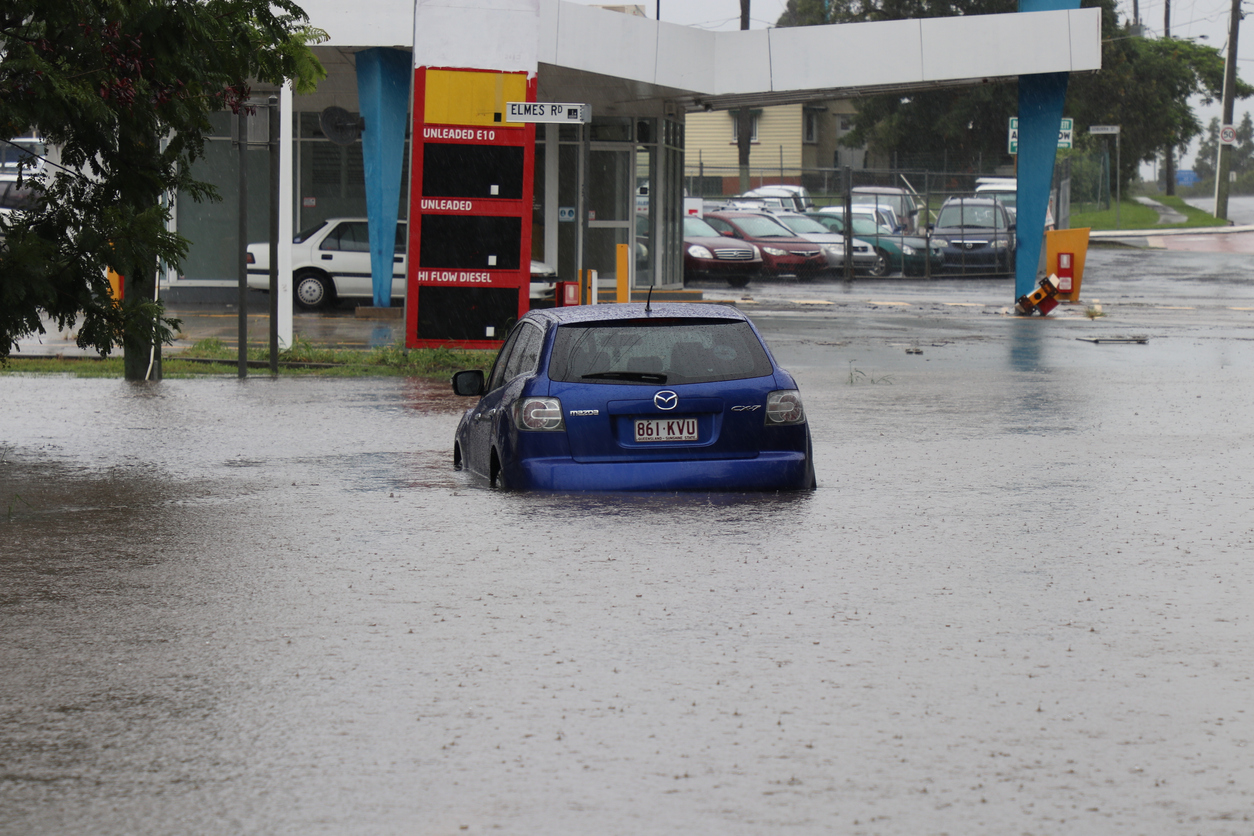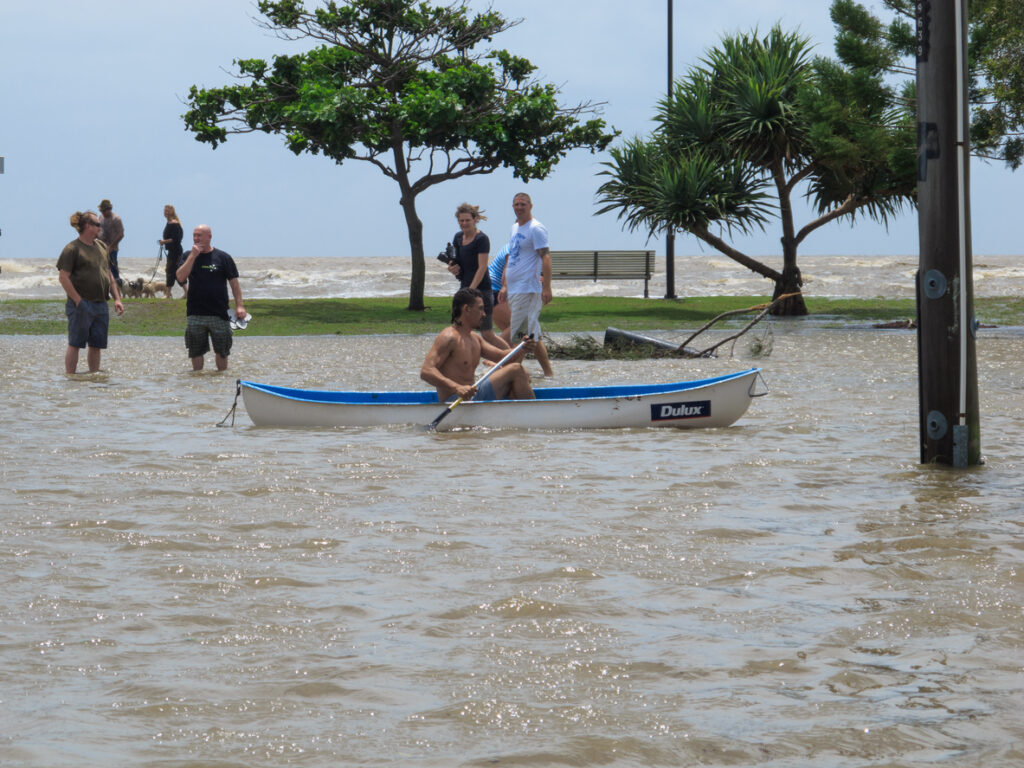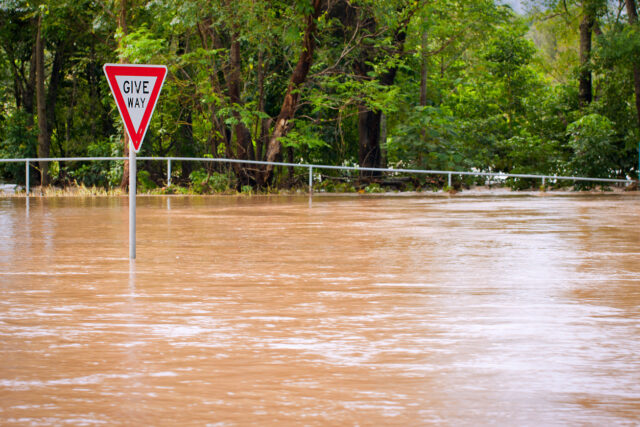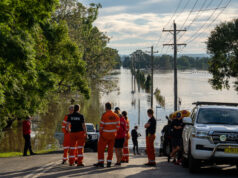Local governments across Australia will be putting flood mitigation plans in place in the event of severe weather over the coming months after a flood warning was issued by authorities.
The Bureau of Meteorology has declared a La Niña event is officially underway, signalling that parts of the country could be in for a wet spring and summer. This means recent changes in ocean temperatures and weather patterns over the Pacific are now likely to remain until at least the end of the year.
La Niña is the cool phase of the El Niño weather cycle associated with cooler than average sea surface temperatures in the central and eastern tropical Pacific Ocean. Climate models suggest these patterns will continue until at least the end of the year, and will result in above-average rainfall for Australia, particularly across eastern, central and northern regions.
And while it’s good news for a dampened down fire season, it means local governments across the country are on a heightened sense of alert.
Natural disasters are costing Australia more than $560 million a year on average, and flooding from rivers and local catchments are the costliest, yet most manageable, of natural disasters, according to Floodplain Management Australia.
Local government is at the forefront of flood-risk management measures, and each local government area will plan differently for this event based on geographical area and the level of threat the local area is predicted to endure in the event of a sustained rain event, based on state legislation.

Details released in this year’s Royal Commission into Natural Disaster Arrangements explain that the roles and responsibilities of the country’s 537 local governments differ between jurisdictions and depend in part on the geography of the area, the demographics and the needs of the communities they service.
Catherine Walker is a senior water engineer for engineering services company Cardno, based in NSW. Local councils carry out studies to understand flood risk and inform their stormwater management planning. They also keep the community informed about flooding, support emergency-management planning and examine options to manage flood risk.
Flood-mitigation measures could include structural works which physically alter flood behaviour, such as levees or detention basins, or changes to existing and future development, she says.
“The measures can vary significantly in size and cost depending on the frequency and magnitude of flooding, the vulnerability of the community, and the warning time available prior to inundation of a community or closures of key transport routes,” says Walker.
For example, a regional town on a major river could have several days’ warning of a major flood – and communities might prepare by closing levee gates and evacuating residents and workers from areas that could be inundated or isolated.
“In smaller catchments, there is typically much shorter warning time, and creeks can rise quickly during a storm,” she adds. “This is known as flash flooding, and there is much less time to prepare. Under these circumstances, it’s important to have a flood-emergency plan in place so that residents know how best to respond to flooding, which can include sheltering in place within a building or apartment block at a higher level than the estimated flood level.”

Local councils take flooding into account when controlling the development of flood-prone land, and in carrying out management actions including the investigation, design, construction, operation and maintenance of flood-mitigation works, she explains.
“Under all scenarios, the greater the awareness the community has about its flood risk, the more resilient it will be and the more capable residents will be to prepare for, respond and recover from floods,” says Walker.














